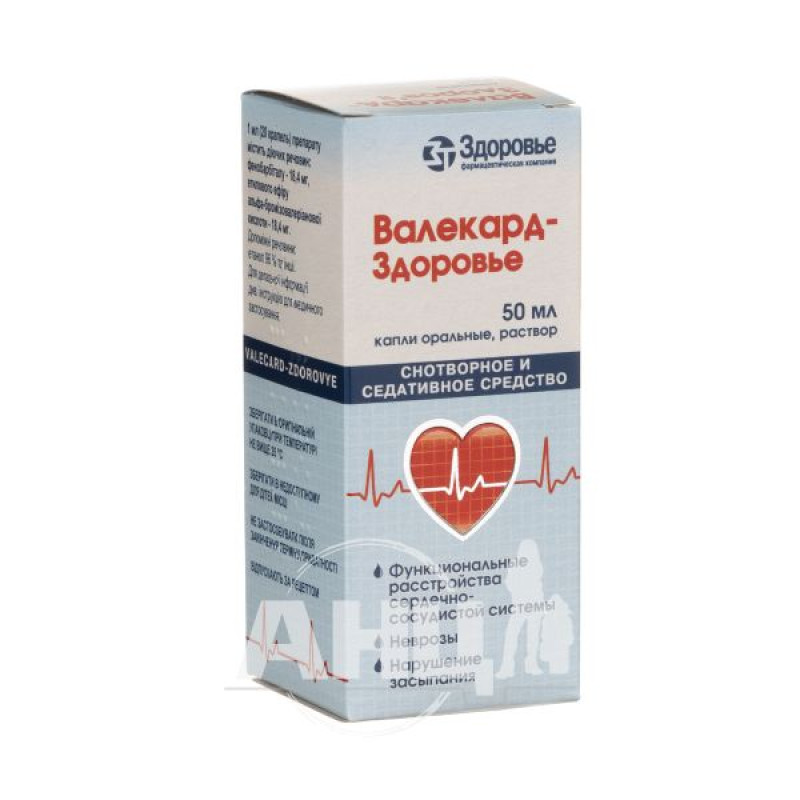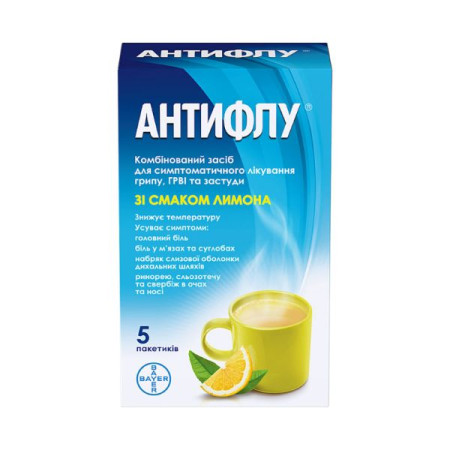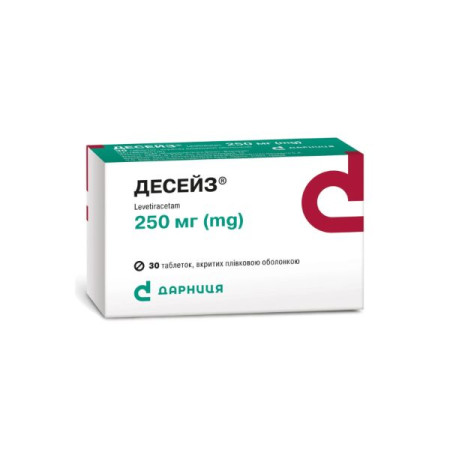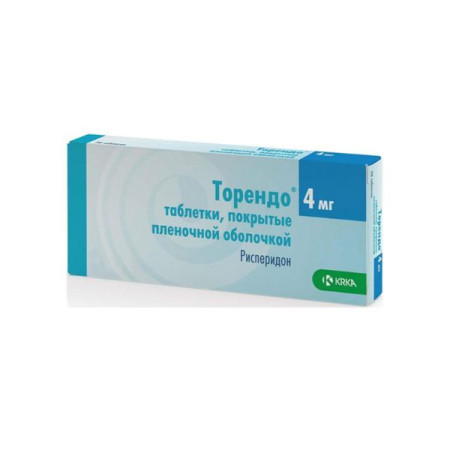Code: N05С B02
Hypnotics and sedatives (N05C)
Composition of the medicinal product:
active ingredients: phenobarbital, ethyl ester of alpha-bromizovaleric acid;
1 ml of the drug (20 drops) contains phenobarbital 18.4 mg, ethyl ester of alpha-bromisovaleric acid 18.4 mg;
Excipients: peppermint oil, hops oil, ethanol 96%, purified water.
Dosage form.
Oral drops.
Colorless liquid with a fragrant odor and bitter taste. Opalescence is allowed.
Name and location of the manufacturer.
LLC "Pharmaceutical Company" Zdorovya ".
Ukraine, 61013, Kharkiv, Shevchenko St., 22.
Pharmacotherapeutic group.
Hypnotics and sedatives. Barbiturates in combination with drugs of other groups. ATC code N05C B02.
Valecard-Health is a combined drug containing phenobarbital and ethyl bromizovalerianate (ethyl ester of?-bromizovalerianic acid). Depending on the dose, both of these substances have a sedative, hypnotic, and in high doses - narcotic effect. Like other derivatives of barbituric acid, phenobarbital inhibits the inhibitory system of the reticular formation. Ethyl bromizovalerianate has both antispasmodic and sedative properties. Peppermint oil has a reflex, vasodilator and antispasmodic effect.
Valecard-Health is a sedative that can be taken in a state of excitement, fear, nervousness, imbalance and anxiety; has a beneficial effect on the activity of an overloaded and excited heart; is well tolerated by the body if the dosage prescribed by the doctor is followed. Taking the drug helps reduce the excitation of the central nervous system and facilitates the onset of sleep.
Phenobarbital is absorbed rapidly (directly in the stomach). Approximately 30-60% of it binds to blood plasma proteins; it is distributed in all body tissues approximately equally. The half-life in blood plasma is 48-144 hours. Approximately 30% of phenobarbital is excreted unchanged in the urine and only a small part of it is oxidized in the liver. With prolonged use, there is an accumulation of the active substance in the blood plasma, as well as induction of liver enzymes. As a result of this induction, the oxidation process of phenobarbital and other drugs is accelerated. Bromine in ethyl bromisovalerianate is excreted very slowly from the body. If the drug is used for a long time, its accumulation in the CNS occurs, which leads to chronic bromine intoxication.
Indications for use.
- Functional disorders of the cardiovascular system;
- neuroses, which are accompanied by increased irritability and a feeling of fear;
- psychosomatically caused anxiety;
- states of excitement with pronounced vegetative manifestations;
- sleep disturbance.
Contraindication.
Hypersensitivity to the components of the drug. Diabetes mellitus, depression, myasthenia gravis, porphyria, alcoholism, drug and drug addiction (including a history), respiratory diseases with shortness of breath, obstructive syndrome, depressive disorders up to suicidal behavior, severe liver and kidney dysfunction.
Pregnancy and breastfeeding. Children's age.
Proper safety precautions during use.
Valecard-Health contains 55% ethanol by volume. Long-term use of the drug is not recommended due to the risk of developing drug dependence, possible accumulation of bromine in the body and the development of bromine poisoning.
Special precautions.
Long-term use of the drug should be avoided due to the possibility of its cumulation and development of dependence.
Barbiturates, like benzodiazepines, are characterized by withdrawal syndrome.
It is prescribed with caution in bronchial asthma, hyperkinesias, hyperthyroidism, adrenal hypofunction, decompensated heart failure, severe arterial hypotension, acute and constant pain, acute drug intoxication.
Use during pregnancy or breastfeeding.
The drug is contraindicated during pregnancy.
If necessary, the appointment during lactation should be decided on the termination of breastfeeding.
The ability to influence the reaction speed when driving or working with other mechanisms.
Weakens reaction speed. You should refrain from potentially dangerous activities that require increased attention and speed of mental and motor reactions.
Children.
There is no experience with the use of the drug in children, therefore the drug is not used in children.
Overdose.
Symptoms: Possible toxic effects are caused by the content of phenobarbital and ethyl bromizovalerianate in the preparation.
Acute ethyl bromizovalerianate poisoning can occur with a single dose of about 20 g.
Acute (mild to moderate) poisoning with the drug manifests itself in the form of drowsiness, confusion, and even deep sleep.
Symptoms of acute severe poisoning may include deep coma, shallow, initially rapid, then slow breathing, increased heart rate, heart rhythm disturbances, low blood pressure, vascular collapse, and weakening or loss of reflexes.
Without emergency treatment, death occurs from sudden cardiovascular depression, respiratory paralysis, or pulmonary edema. If the bromine content in the blood plasma rises to approximately 150 mg%, this indicates signs of poisoning. A bromine content in the blood plasma of more than 200 mg% is similar to chronic bromine poisoning. Concentrations of 300 - 400 mg% are life-threatening and are accompanied by severe psychosis and stupor.
With longer-term use of organic bromine compounds, patients develop bromine poisoning, the manifestations of which may include: confusion, ataxia, apathy, depressive mood, conjunctivitis, rhinitis, acne, and purpura.
Treatment. Wash the stomach (10 g of activated charcoal powder is injected into the stomach and 2 tablespoons of sodium sulfate are dripped in). In order to quickly remove the barbiturate from the body, forced diuresis with alkalis can be performed, as well as hemodialysis and / or hemoperfusion. In acute poisoning with the drug, depending on the severity of the poisoning, measures are taken to support breathing and blood circulation, it is recommended to establish intensive medical supervision for the patient. If necessary, artificial respiration is performed, shock is stopped by infusion of blood plasma or plasma substitutes.
Treatment of bromine poisoning: the elimination of bromine ions from the body can be accelerated by administering a significant amount of table salt solution with the simultaneous administration of saluretics.
Side effects.
In some cases, drowsiness and mild dizziness may occur. With prolonged use of large doses of the drug, there may be a risk of developing chronic bromine poisoning (bromism), the manifestations of which may be: depressed mood, apathy, ataxia, confusion, rhinitis, conjunctivitis, acne, purpura. Digestive tract disorders and allergic reactions may occur.
From the nervous system: asthenia, dizziness, weakness, ataxia, impaired coordination of movements, nystagmus, hallucinations, depression, hyperkinesia (in children), paradoxical excitement, insomnia (mainly in children, the elderly), decreased concentration, fatigue, drowsiness, confusion, slowed reactions, headache, cognitive impairment.
On the part of the musculoskeletal system: with prolonged use there is a risk of impaired osteogenesis and the development of rickets.
Gastrointestinal tract: nausea, vomiting, constipation, heaviness in the epigastric region, with prolonged use - impaired liver function.
From the blood system: agranulocytosis, megaloblastic anemia, thrombocytopenia, anemia.
From the cardiovascular system: decreased blood pressure, bradycardia.
Allergic reactions: skin rashes, urticaria, facial swelling, Lyell's syndrome.
With prolonged use - drug dependence, folate deficiency, impotence, withdrawal syndrome, which can usually occur with abrupt discontinuation of the drug and is accompanied by the occurrence of nightmares and nervousness.
Increased body temperature, enlarged lymph nodes, leukocytosis, lymphocytosis, leukopenia, increased skin photosensitivity (photosensitivity), polymorphic erythema, exfoliative dermatitis, Stevens-Johnson syndrome, collapse.
If any adverse reactions occur, treatment should be discontinued and a doctor should be consulted.
Interaction with other drugs and other types of interactions.
When using the drug with other drugs that depress the central nervous system, mutual enhancement of the effect is possible. Drugs containing valproic acid enhance the effect of barbiturates. Alcohol enhances the effect of the drug and may increase its toxicity. Valecard-Zdorovya may lead to a weakening of the effect of coumarin derivatives, griseofulvin, glucocorticoids, oral contraceptives. The drug increases the toxicity of methotrexate.
Phenobarbital enhances the effect of analgesics, anesthetics, anesthetics, neuroleptics, tranquilizers, alcohol; reduces the effect of paracetamol, indirect anticoagulants, tetracyclines, griseofulvin, glucocorticoids, chloramphenicol, metronidazole, tricyclic antidepressants, estrogens, salicylates, digitoxin. Simultaneous use of phenobarbital with other drugs that have a sedative effect leads to an increase in the sedative-hypnotic effect and may be accompanied by respiratory depression.
Drugs that have acidic properties (ascorbic acid, ammonium chloride) enhance the effect of barbiturates. There may be an effect on the concentration of phenytoin in the blood, as well as carbamazepine and clonazepam.
With prolonged use with nonsteroidal anti-inflammatory drugs, there is a risk of stomach ulcers and bleeding.
Concomitant use of phenobarbital with zidovudine increases the toxicity of both drugs.
Phenobarbital may accelerate the metabolism of oral contraceptives, leading to a loss of their effect.
When used together with any other medications, it is necessary to consult a doctor.
Expiration date.
2 years.
Storage conditions.
Store in the original packaging at a temperature not exceeding 25 °C.
Keep out of reach of children.
Packaging.
20 ml or 50 ml vials, sealed with dropper stoppers and screw-on caps in a cardboard box.
Vacation category.
Without a prescription - bottles of 20 ml.
By prescription - 50 ml bottles.











